Perspective | Vernacular app chale ga kya?
India has a total of 22 official languages that are spoken in different part of India. If one looks at multiple dialects the number increases to 1652.
The variety of languages being used in the country has seen mushrooming of regional channels and publications. Digital world too has seen a fast growth of vernacular websites, latest to realise the huge growth opportunity it offers are apps.
According to MindShift Interactive, 64% of rural internet users - or, 24.3 million out of 38 million users - use the internet in their local language, and that vernacular sites are growing at 56% year-on-year, while English sites are growing by just 11%.
A joint study by Internet and Mobile Association of India (IAMAI) and IMRB International said regional language content availability can boost the growth of Internet in India by 24%.
It has become a pool for creating opportunity for a number of new ideas and start-ups taking place in different part of the country.
Vernacular Apps is the new way
The demographic profile of Indian Internet users is changing rapidly. India is now the second-largest internet market in the world, and the next crop of users will be more rural, older, gender-equal, mobile and vernacular than their counterparts of today. A number of start-ups have seen a market for going the vernacular route.
Many digital players have opted for vernacular versions of their apps for easier access and greater opportunity. MakeMyTrip has taken the vernacular route with the launch of its first vernacular rail booking app in five languages Hindi, Tamil, Telugu, Malyalam and Gujarati. It expects its vernacular apps to play a key role in its future growth. Anshuman Bapna, Chief Products Officer, MakeMyTrip says, “We are potentially targeting about 60% of Indian population who are native speakers of these languages. The target audience would be users in non-metros and metro-dwellers who are 1st generation migrants from non-metros. Basis Focus Group studies, we identified two sets of users: the ‘Pride’ segment who felt good about using a vernacular product and the ‘Need’ segment that used the product since it was more comfortable to interact with content in native language. The latter forms the majority segment.”
A number of new startups like Way2News are taking the vernacular route for the news business as well. Raju Vanapala, CEO & Founder, Way2News points out “News has a draw for all people across a spectrum of age and geography. The prospective consumer could be anyone between 14 and 80 years of age, who has a smartphone. People who have the need to consume news swiftly along with the affordability of smartphones coupled with the Government’s initiative to provide infrastructure for greater internet connectivity, gives greater access to the so-called ‘common man’ to access the app in the vernacular. So for us the reach would be in both cities as well as rural areas.”
For a large percentage of Indians English continues to be second or third language and is not understood at all in some cases. A very large chunk of this target group is digital savvy, has purchasing power and is smartphone user – offering a perfect opportunity for vernacular app consumption. Siddharth Puri, CEO, Tyroo believes, “There are various categories in India like Entertainment, Gaming, Messaging, News, Books etc. where opportunities in vernacular languages is several times higher than English language. We are looking at an audience that would be the estimated 65% mobile audience that prefer to access mobile apps in the local language.”
Even though many players have gone the vernacular way, there are still organisations which have not taken this route. As a spokesperson of Woo app says “Woo is an app for urban singles – financially independent professionals who are between the ages of 25-35. Since that is the audience we want to connect with, so far, English has not proven a barrier in appealing to them. In fact, since English is by and large accepted as a business language, most of this TG, being working professionals, are comfortable with it.”
Why go vernacular?
Going vernacular does not only break the language barrier but has also played a vital role in connecting one and all. Raju Vanapala expresses, “Of course the engagement levels would be high among the group which uses the vernacular extensively. However we cannot rule out the fact that even among those who primarily use English as a means of conducting their day to day business, there is a greater sense of connect with the vernacular than with the English language. So we are also expecting traction among such users as well.”
Agreeing with the same concept Siddharth Puri states, “Engagement level is certainly higher when a user interacts with a content/message in a local language they are comfortable with.”
On the other hand a number of players believe that smartphones in rural India are still far and few and hence, an English app suffices at the moment. Woo spokesperson says, “Vernacular is, doubtless, a powerful way of appealing to audiences beyond urban India. However, at this stage, smartphone and consistent mobile data usage is largely restricted to users in urban India. As a result, so far, English has worked. However, as and when the mobile data use beyond urban India picks up, vernacular will be necessary to drive adoption.”
Growth and Advertiser Response
Advertiser interest in vernacular apps is increasing thanks to the broader horizon, higher engagement levels and surety that nothing would be lost in translation. Talking about the advertiser response Siddharth Puri says, “As there is higher engagement on vernacular apps, advertisers' response for these is very positive. Advertisers are any way using vernacular languages when it comes to advertising on Television or in print, radio, outdoor or digital/mobile advertising.”
While for information digital apps might grow at a very fast pace, the real test comes in terms of interactive apps. Cell phone manufacturers have taken cognizance of the fact, and soon we might find barriers, if any, in path of interactive apps being eradicated. There is a flavour in one’s own language – and mobile apps by virtue of being the most personal media a person can use, would be able to make the best of it.
zeba(@)adgully.com



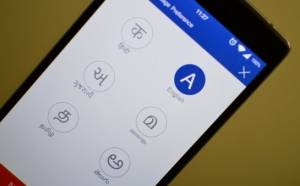





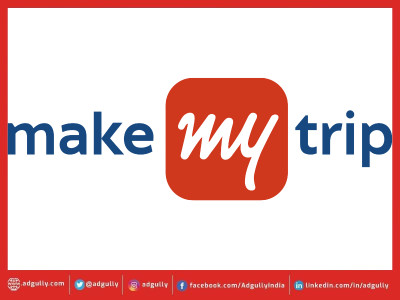


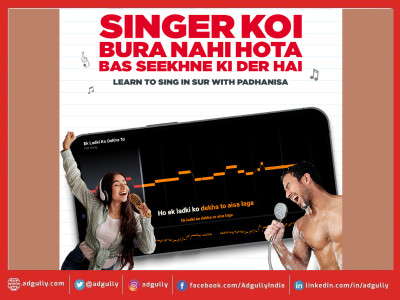

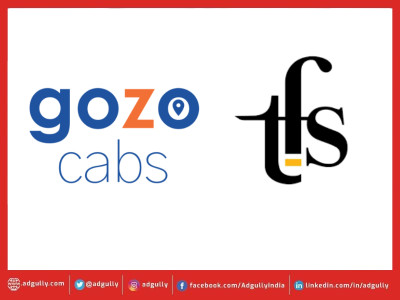

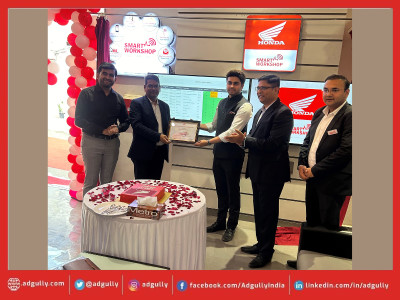

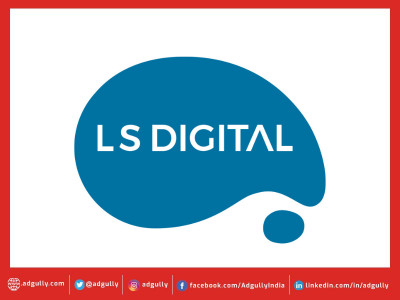


Share
Facebook
YouTube
Tweet
Twitter
LinkedIn